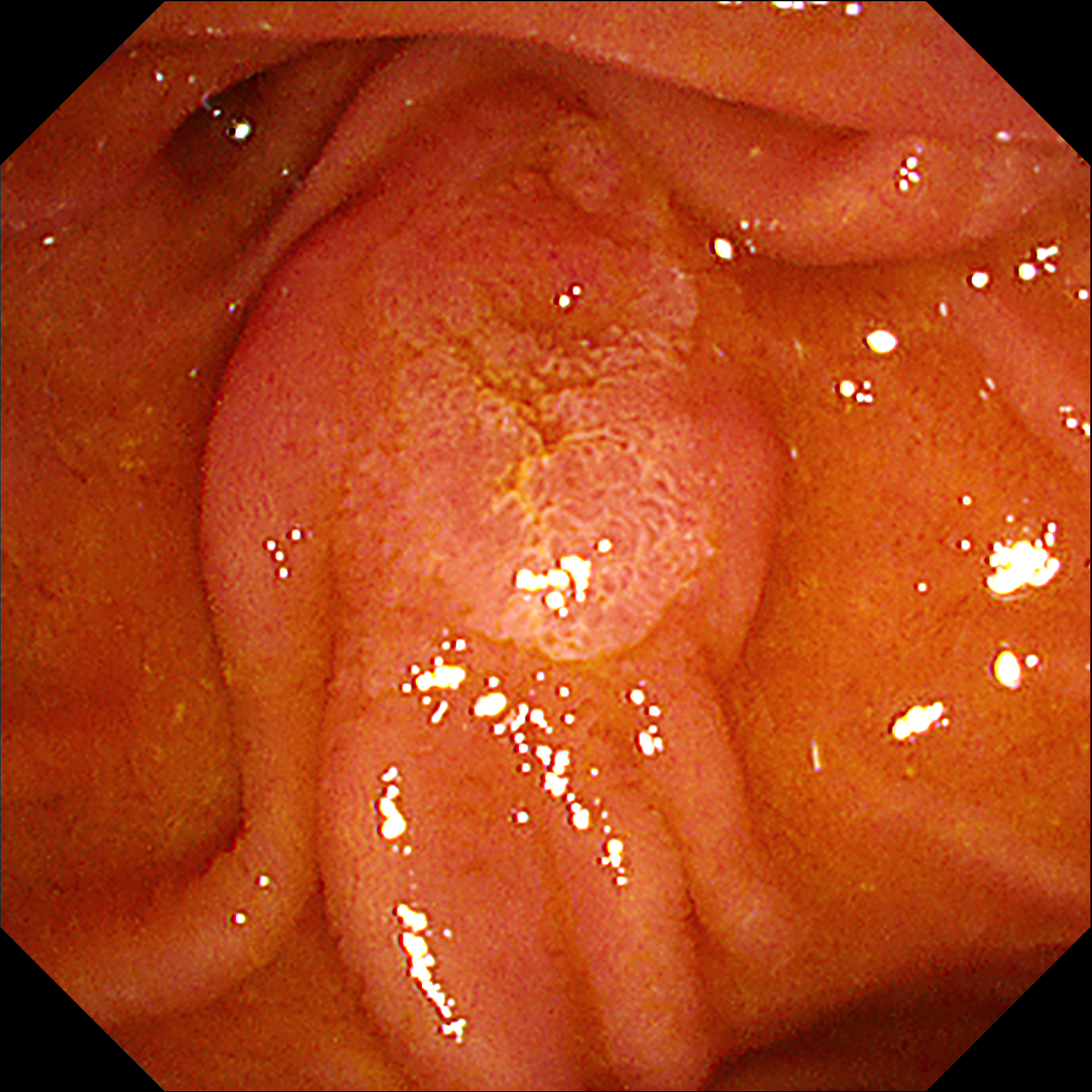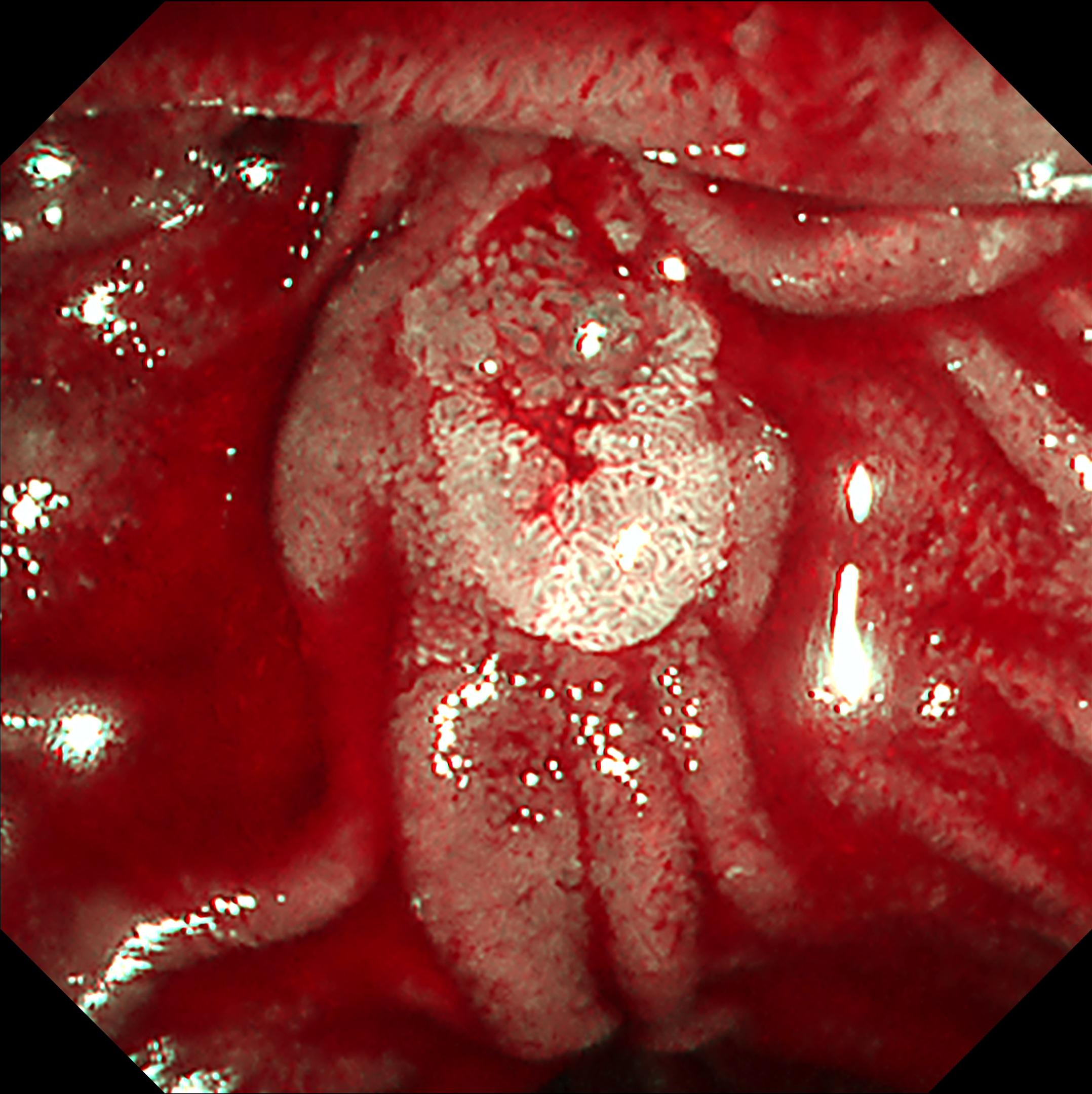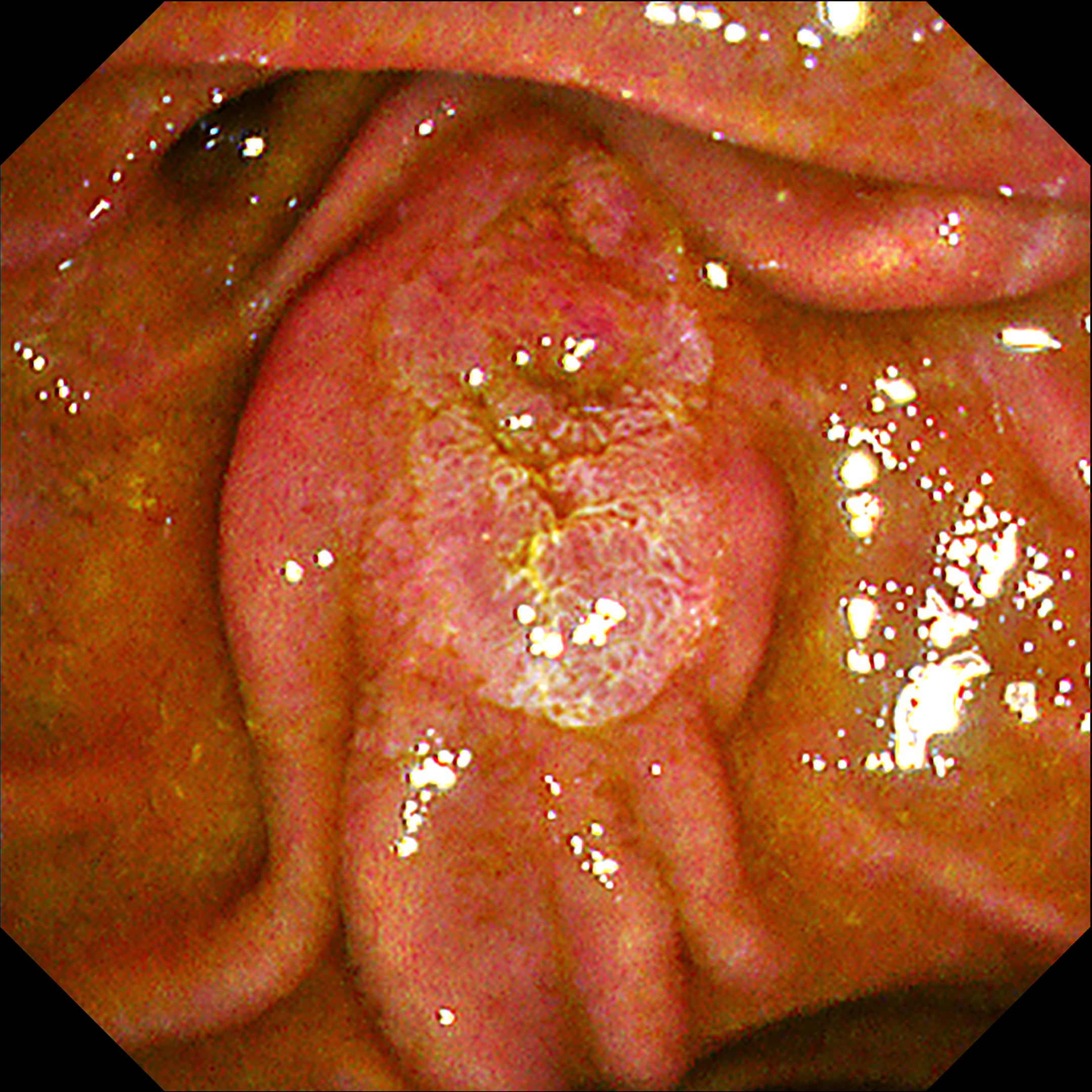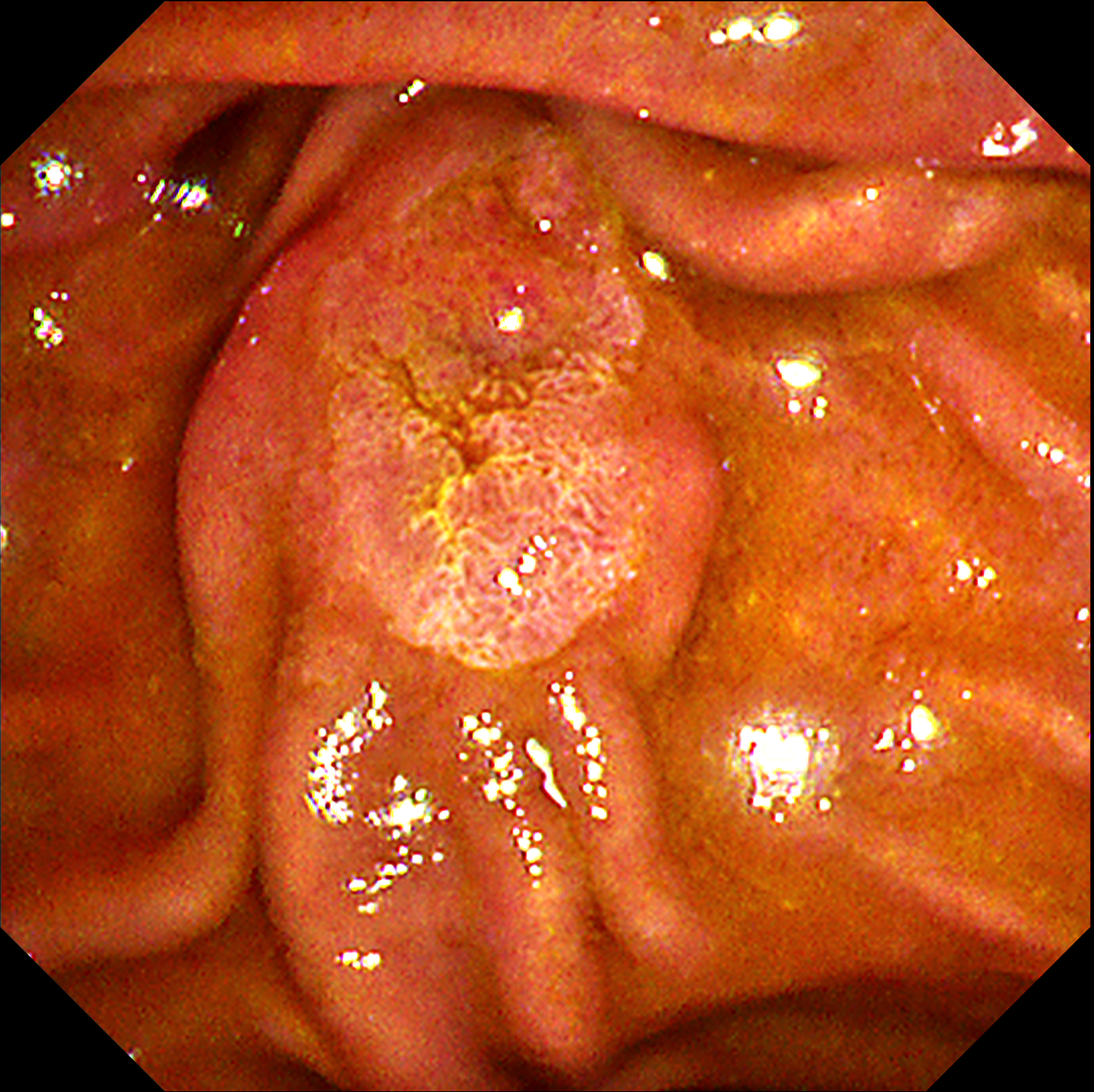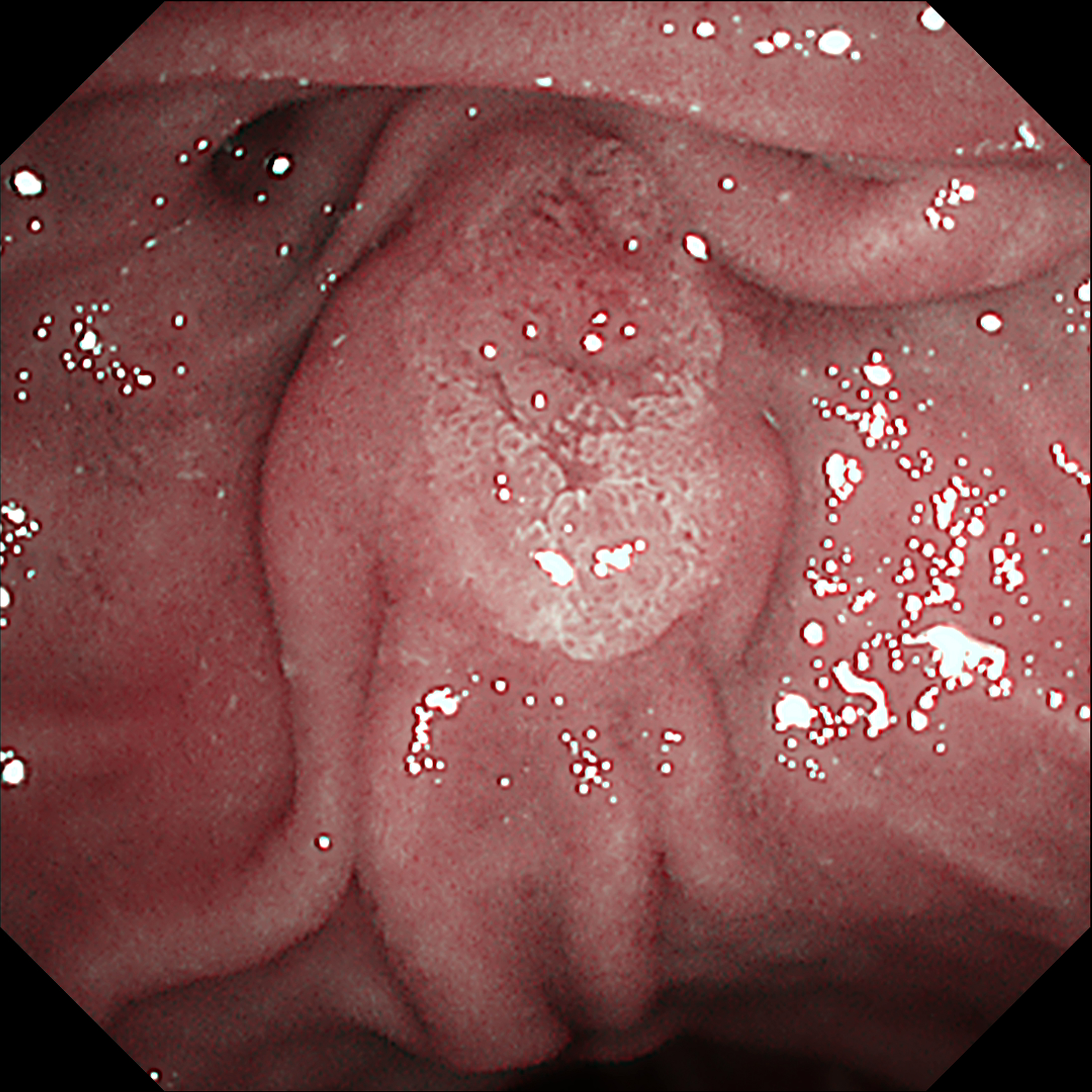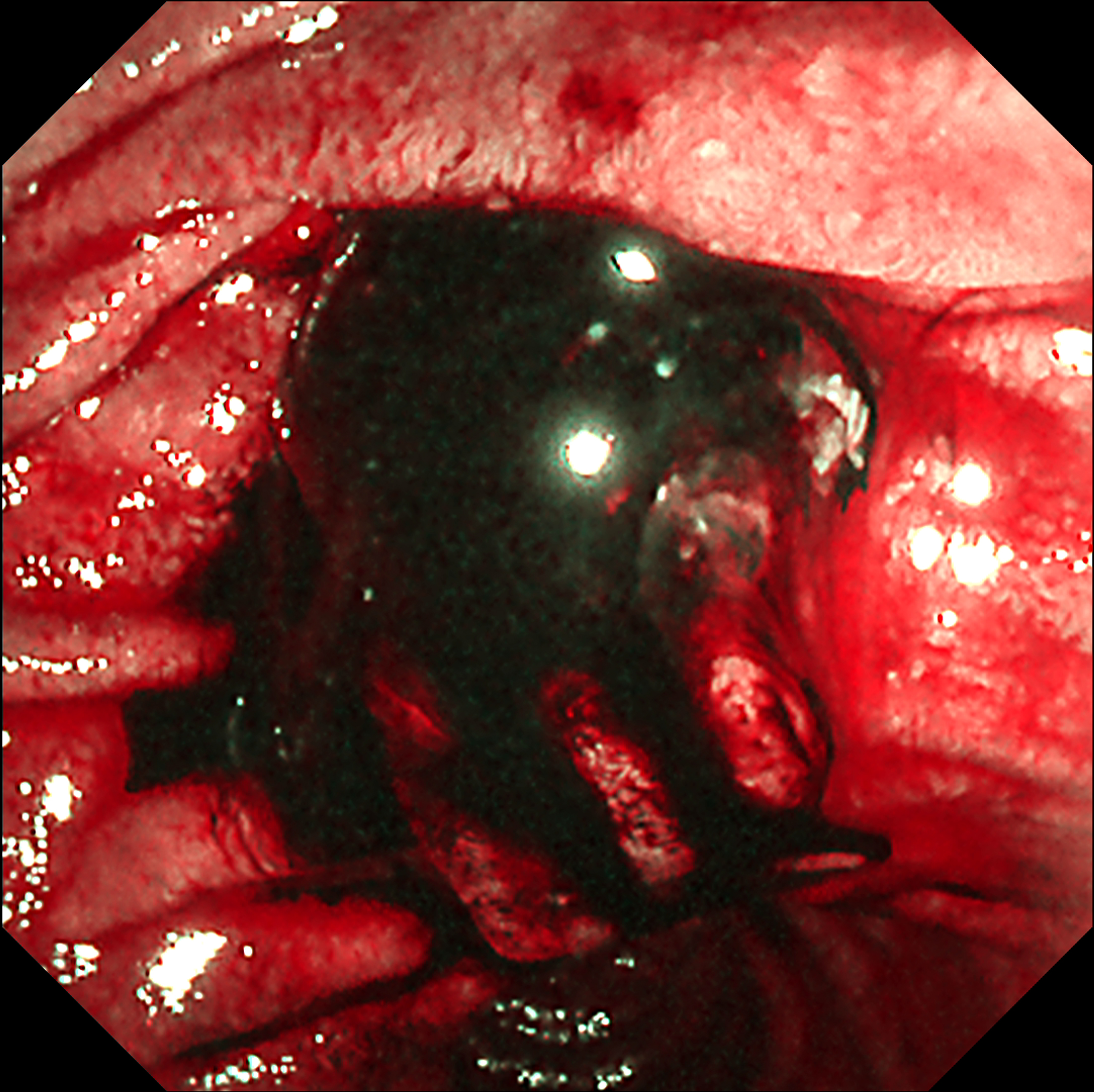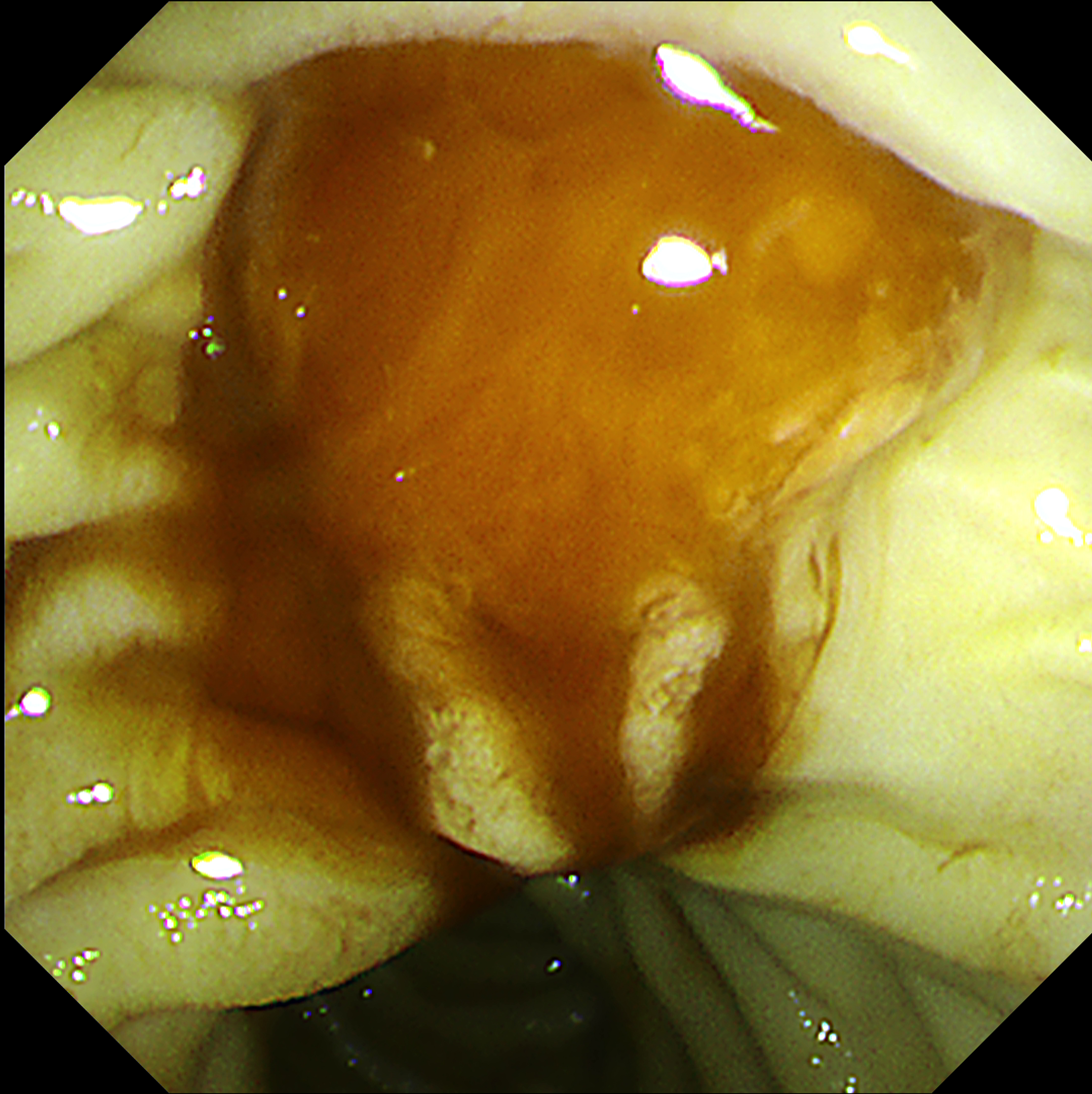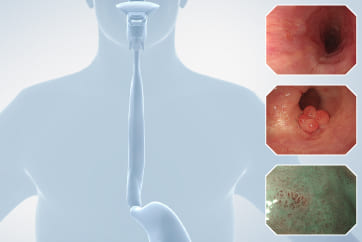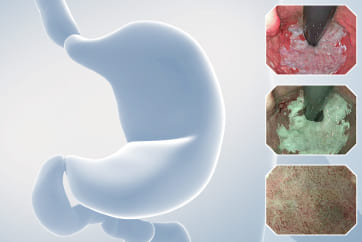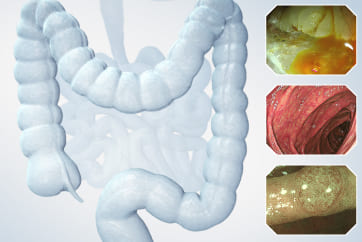Pancreatobiliary case 3

Jong Ho Moon, MD, PhD, FASGE, FACG, FJGES
Professor of Medicine
Director, Digestive Disease Center
SoonChunHyang University School of Medicine,
Bucheon/Seoul, Korea

Il Sang Shin, MD, PhD
Assistant Professor
Digestive Disease Center
SoonChunHyang University School of Medicine,
Bucheon/Seoul, Korea
Scope: TJF-Q290V
Organ: Ampulla of Vater
Patient information: 52-year-old, Female
Medical history: None
Case Video
This video demonstrates the utility of a new image enhanced endoscopy system in identifying bile acid-rich ampullary lesion. A well-defined ampullary lesion was observed in white-light imaging (WLI), but detailed observation was difficult in narrow-band imaging (NBI) due to the interference from bile acid. TXI modes provided more information of surface structural features including hyperemic microvasculature beneath circular fold with less interference from bile acid. RDI mode 3 provided detailed information of ampullary lesion for targeted forceps biopsy without any interference from bile acid. After forceps biopsy, RDI mode 1 could more easily identify the hemostatic status of the ampulla of Vater, making it easier to determine whether there are bleeding points requiring endoscopic hemostasis compared to NBI. When detailed observation using NBI is difficult due to bile acid, applying TXI and RDI modes can be helpful for accurate evaluation of abnormalities of ampulla of Vater.
Overall Comment
This case suggests that observation using TXI and RDI modes can be useful for the evaluation of suspicious adenomatous lesion of ampulla of Vater. TXI mode can be less disturbed by bile acid than narrow-band imaging and enhanced accurate evaluation of the ampullary lesion including hyperemic microvasculature beneath covering fold by emphasizing color differences of the mucosal surface. RDI mode 3 is not disturbed by bile acids at all, enabling accurate assessment of ampullary lesions and guiding the location for targeted forceps biopsy. Compared to NBI, RDI mode 1 can be more useful because it can effectively identify hemoastatic status and potential bleeding points.
* Specifications, design and accessories are subject to change without any notice or obligation on the part of the manufacturer
Jong Ho Moon, MD, PhD, FASGE, FACG, FJGES
Il Sang Shin, MD, PhD Cases 4: The effectiveness of TXI in ERCP: Enhancing the visibility for the orifice of major duodenal papilla and the contribution for the success rate of cannulation
Dr. Masafumi Mizuide
- Content Type

